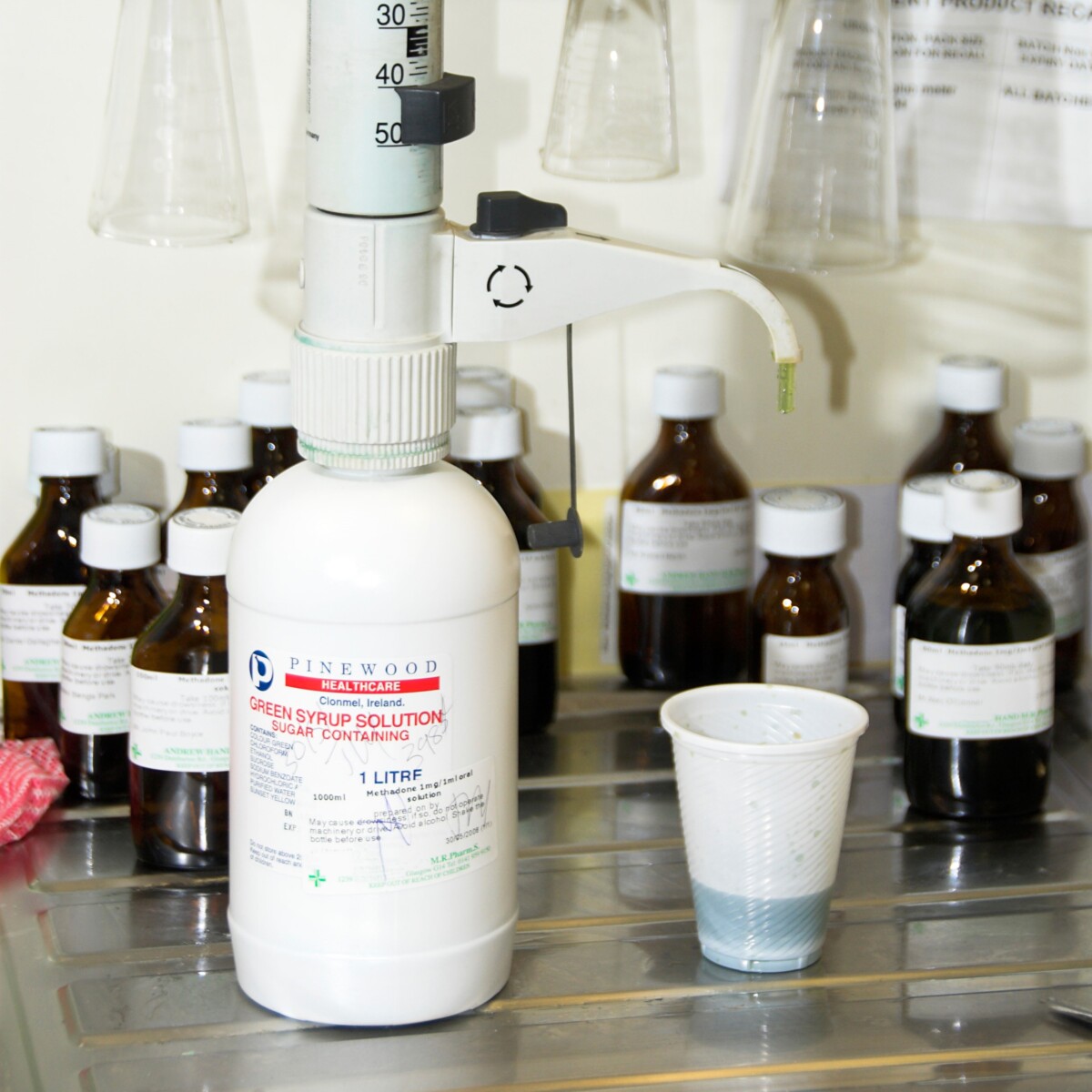Since Canada began tracking opioid-related deaths in 2016, over 40,000 lives have been lost to opioid toxicity. In fact, statistics from the Public Health Agency of Canada estimate that between January and June 2023 alone, an average of 22 deaths occurred daily. This blog post will discuss research on the common barriers to opioid use disorder treatment, such as stigma and access to care, and highlight the importance of providing care to those with opioid use disorder in a supportive and stigma-free environment.
Access to Care: Community-Based Treatment and the Role of Pharmacy Professionals

Research has identified that numerous barriers to primary care exist for people with opioid use disorder. These can range from patient-specific factors, such as difficulty attending appointments or transportation costs, to systemic barriers, like access to a physician or housing. Shockingly, a study published in 2022 found that approximately 85% of Opioid Agonist Treatment (OAT) patients in Ontario do not have a family doctor. The study also found evidence that a patient with opioid use disorder was less likely to be accepted into a primary care practice when compared to a patient with diabetes.1
Although access to care for people with opioid use disorder remains an issue in Ontario, innovations in the delivery of care have shown promise. Since the COVID-19 pandemic, facilitating addiction treatment services using telemedicine has emerged as an effective method to address gaps in access to care. Recent trends suggests that both patients and providers support the telemedicine delivery of OAT and perceive these as enabling individualized patient-centered care.2 Importantly, research has demonstrated those who received telehealth OAT services were more likely to keep getting their medications and were at a lower risk of opioid toxicity.3
Creating more accessible care for patients using OAT is a complex and multifaceted issue. For many disenfranchised patients in this marginalized group, pharmacy professionals function as an important point of contact in the health care system. Pharmacists and technicians, in collaboration with addiction specialists and other healthcare professionals, have the power to contribute to positive patient experiences. One of the most important factors healthcare professionals can address is to create a stigma-free environment in their practice.
Stigma and the Importance of Language

According to the Centre for Addiction and Mental Health, stigma involves negative attitudes and negative behavior toward people with substance use conditions.
A 2019 publication by the Canadian Centre on Substance Use and Addiction (CCSA) highlighted that stigma remains a persistent problem for Canadians trying to access addiction treatment. Approximately 8/10 Canadians with a substance use disorder say they experienced barriers to recovery, including stigma. In addition, the publication reports that almost half of Canadians in recovery from a substance use disorder experience stigma when in active addiction.
Organizations, such as the CCSA, recommend that healthcare providers use people-first language to reduce stigma and negative bias when discussing addiction. While language is certainly not the only manifestation of stigma, using people-first language can provide a highly visible way to better support disenfranchised populations affected by opioid use disorder. People-first language involves referring to a person before describing his or her condition or diagnosis. For example, instead of using the term “addict,” patient-first language would use the phrase, “patients with substance use disorder.”

By shifting the use of language to reflect the nature of the health condition more accurately, healthcare professionals can create inclusive, stigma-free interactions that have the potential to increase the uptake of life-saving interventions.
Overall, opioid use disorder and other substance use disorders are complex and challenging issues that require a coordinated response from healthcare providers, communities, and policy makers. Pharmacy professionals are essential allies in this effort and can leverage their expertise and unique position in the healthcare system to provide compassionate patient care. Pharmacists and technicians can act as leaders in their communities by promoting awareness of the different care models available to patients, and by using stigma-free language in their practice.
This blog post is developed by the Ontario Pharmacists Association (OPA) and supported through an education grant from the trueNorth Medical Addiction Medicine Program.
References
2. Høj, Stine Bordier et al. “Co-Constructing a Community-Based Telemedicine Program for People With Opioid Use Disorder During the COVID-19 Pandemic: Lessons Learned and Implications for Future Service Delivery.” JMIR public health and surveillance vol. 9 e39236. 26 Jul. 2023, doi:10.2196/39236
3. Receipt of Telehealth Services, Receipt and Retention of Medications for Opioid Use Disorder, and Medically Treated Overdose Among Medicare Beneficiaries Before and During the COVID-19 Pandemic. Jones CM, Shoff C, Hodges K, Blanco C, Losby JL, Ling SM, Compton WM. JAMA Psychiatry. 2022 Aug 31:e222284. doi: 10.1001/jamapsychiatry.2022.2284.


